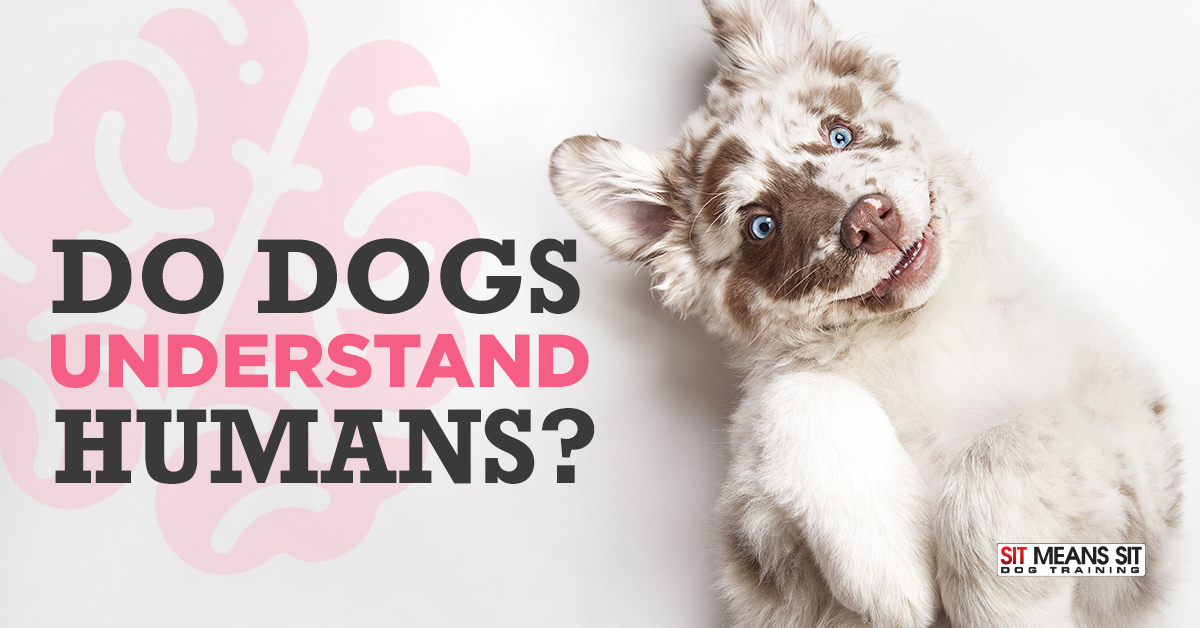
Do Dogs Understand Humans?
Dogs are literally known as (hu)man’s best friend and have been some of our closest companions for thousands of years. We consider these canines to be part of our families, so it makes sense that we would wonder whether or not they can understand us. For a long time, many animal scientists have denied this idea, but with new research being released, has it proven that our pooches can, in fact, understand us? Let’s find out.
Research Results on Dog Cognition
The information we’re gaining on how our canine’s brains work is still relatively new. It wasn’t until the early 2000s that we really started to conduct in-depth research on the subject. Lately, more and more studies are being released that revolve around how dogs perceive our words, emotions, and body language. It’s become so popular that Duke University even has a special lab section named the “Canine Cognition Center” that’s dedicated to these types of studies.
Understanding Human Speech Patterns
In 2004 a border collie named Rico started to change everything we thought we knew about our dogs’ understanding of our words. The smart pooch surprised researches by demonstrating how quickly he could “fast-map” new words (the ability to predict a word’s meaning after a single exposure to it, usually used to describe children during their speech attainment years). Rico was not only able to learn the names of over 200 different items, but he was also able to identify and retrieve them four weeks after learning them.
Other recent studies have found that our furry friends can detect emotion in our speech on top of recognizing between whether when we’re just speaking “gibberish” or using actual meaningful words.
Observing Human Body Language
A 2012 study found that our canine companions can understand our social cues so well it can influence their actions. Our body language has such an impact that Fido may make different choices on what food they eat when we’re present. Or based on our tone, know when we are and aren’t directing our words towards them.
Researches even found that dogs performed these tasks quicker and more successfully than chimpanzees and sometimes even young children when it came to someone pointing or changing their body direction and eye movement.
Recognizing Human Emotions
In a study where canines were shown photos of human emotions such as happiness and anger along with audio clips of similar vocals – the pups were much more responsive when the pictured emotion and the vocal emotion corresponded. Other studies have shown that dogs have been able to differentiate human emotions due to their facial and vocal expressions. This isn’t precisely emotional recognition, though. However, that doesn’t mean your dog doesn’t have the ability to detect and differentiate human emotion. If Fido combines two different sources of sensory input (such as sight and sound), they have the capability to pick up human emotion.
Our furry friends are pretty smart and prove it to us every day by the way they adapt to our schedules, have a field day over the word “treat,” and come to comfort us when they notice we’re down. But on the flip side, this also shows that your pooch known you love them – and what could be more important than that.
